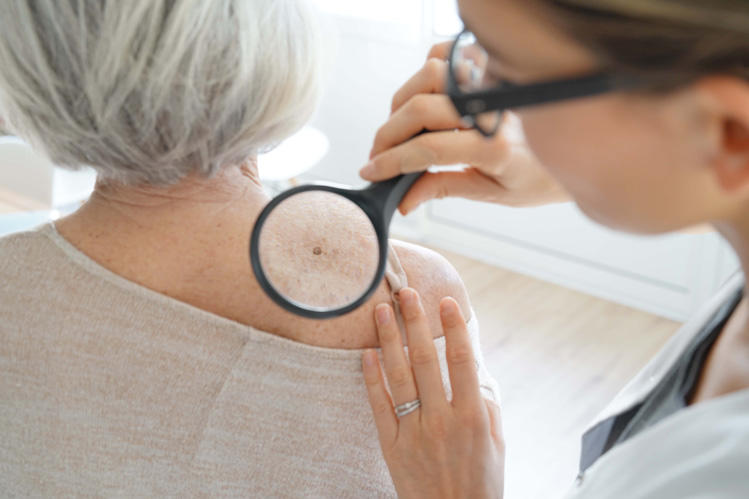Find solutions for with the help of a specialist in hair loss treatments.
Find solutions for with the help of a specialist in hair loss treatments.
Blog Article
Navigating Skin Cancer Therapy: The Necessary Duty of Mohs in Modern Dermatology Practices
Skin cancer cells, a difficult diagnosis, commonly leaves patients grappling with various treatment choices. As we explore the details of this treatment, one will certainly value its crucial role in skin cancer treatment.
Comprehending Skin Cancer: Types and Threats
Skin cancer cells, a potentially dangerous malady, is even more common than many individuals understand. This condition, brought on by the unrestrained growth of unusual skin cells, mainly results from DNA damage as a result of exposure to the sunlight and ultraviolet (UV) light. There are 3 main kinds of skin cancer: Basal cell carcinoma, Squamous cell cancer, and Melanoma. While the former two are much less lethal and make up the majority of identified situations, cancer malignancy is one of the most hazardous. It makes up just about 1% of skin cancer instances yet causes the substantial majority of skin cancer cells deaths - mohs surgery. Risk elements include fair skin, history of sunburn, excessive sunlight exposure, living at high elevations or close to the equator, having several moles, a household history of skin cancer cells, and compromised body immune system.
What Is Mohs Surgical procedure and How It's Reinventing Skin Cancer Treatment
Regardless of the many treatments currently offered for skin cancer cells, Mohs surgery stands out as a groundbreaking and extremely reliable remedy. Called after Frederic E. Mohs, the medical professional who created the procedure, Mohs surgical treatment is an accurate medical technique used to treat skin cancer. During the procedure, thin layers of cancer-containing skin are considerably removed and examined until only cancer-free tissue remains. This method enables the cosmetic surgeon to validate that all cancer cells have actually been removed at the time of surgical treatment. This level of precision, integrated with the capability to spare as much healthy cells as feasible, is reinventing skin cancer cells therapy. Consequently, Mohs surgical procedure has become a cornerstone navigate to these guys of contemporary dermatology techniques.
The Benefits of Mohs Surgical Procedure Over Conventional Skin Cancer Cells Therapies
Structure on the ingenious nature of Mohs surgery, it's important to consider its countless advantages over traditional skin cancer treatments. Unlike basic procedures, Mohs look what i found uses a greater cure price, commonly reaching 99% for novice treatments and 94% for frequent cancers. In addition, it reduces damages to healthy skin, leading to less scarring and enhanced aesthetic outcomes.
The Treatment of Mohs Surgical Treatment: What to Anticipate During the Refine
:max_bytes(150000):strip_icc()/GettyImages-1154030721-974bcd6d70ff4489ba961317f1f3640f.jpg)
Potential Negative Effects and Post-Operative Treatment of Mohs Surgery
Going through Mohs surgical procedure, like any other surgical procedure, entails possible negative effects that patients should know. Typical adverse effects consist of discomfort, bruising, and swelling at the surgical procedure website. However, these are typically temporary and manageable with over the counter pain medicine and ice packs. In uncommon see post situations, people may experience infection, bleeding, or a sensitive reaction to the regional anesthetic. Post-operative treatment is vital to healing and lessening side impacts. This usually entails maintaining the injury tidy and dry, taking recommended medications, and avoiding difficult activities. People must additionally participate in all follow-up visits for wound care and monitoring. In many cases, extra treatments might be required to make certain complete removal of the malignant cells. Complying with these post-operative care guidelines can significantly enhance recovery and end results.
Verdict

Report this page